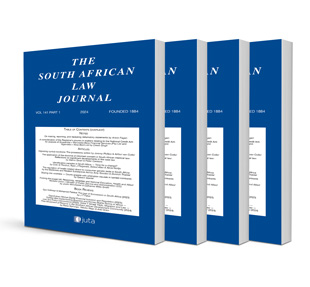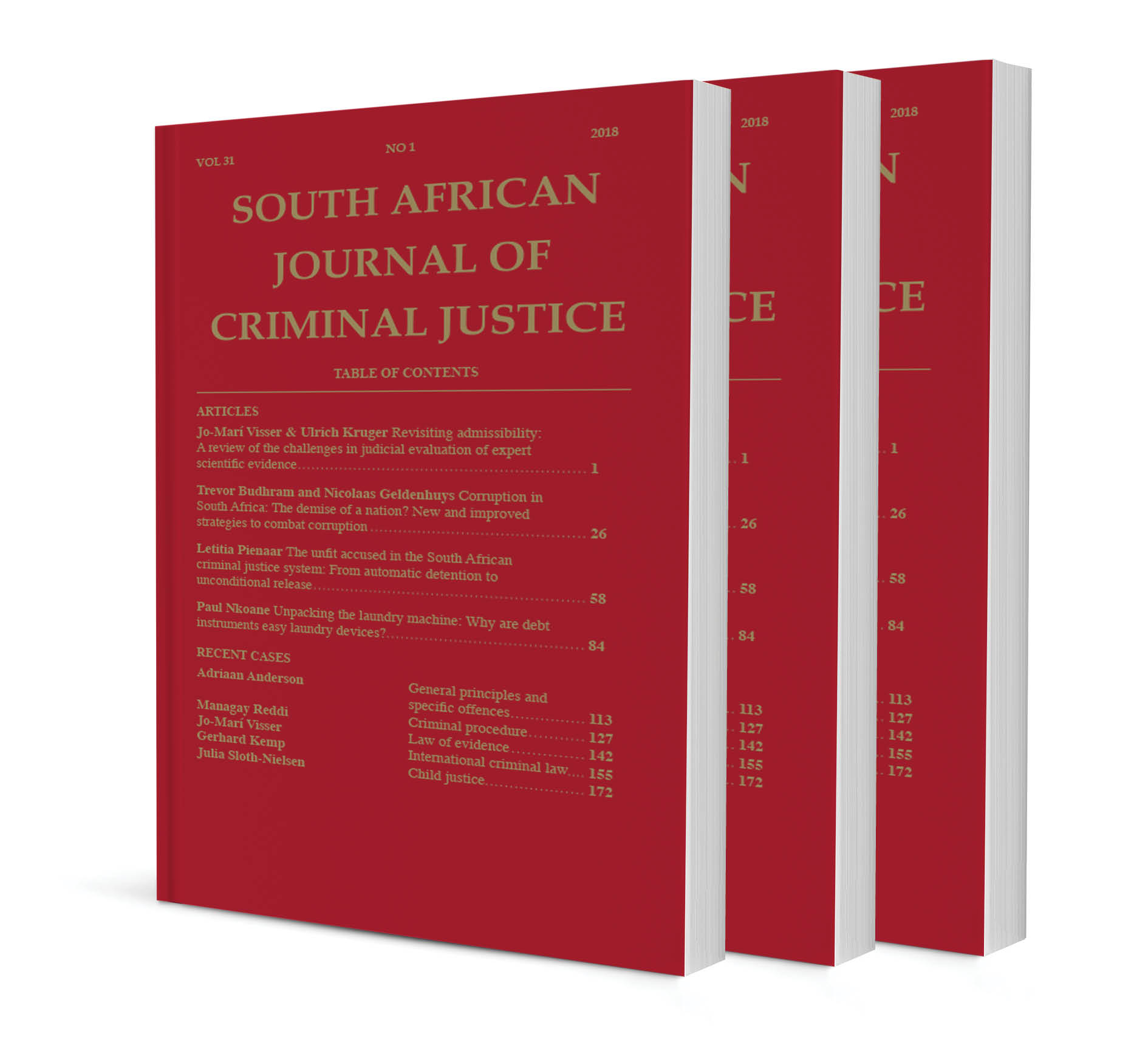Abstract
Emerging financial technology (fintech), such as cryptocurrencies and privacy-enhancing technology (pets) such as the Onion Router (Tor), enable varying levels of anonymity or pseudonymity based on underlying encryption algorithms. These technologies are increasingly exploited by cybercriminals for nefarious purposes on the dark web. This has resulted in the so-called tor crypto-markets that facilitate ‘digital organised crime.’ Thus, albeit not inherently criminogenic, encryption constitutes a barrier to criminal investigation. This article discusses two specific methods that police use to investigate and prosecute criminals operating on the dark web, through the use of hacking tools in the context of: (1) online undercover cybersurveillance operations; and (2) remote search and seizure. These methods differ in both scope and complexity and, importantly, bear distinct legal, technical, and ethical consequences that have yet to confront South African courts. As a result, these methods, in the context of dark web investigations, have not previously been considered in South African literature, but have received significant analysis in the United States, the Netherlands, and Australia. These methods will be discussed in the context of South African investigatory powers in order to determine whether there is a legal basis for its operation.

